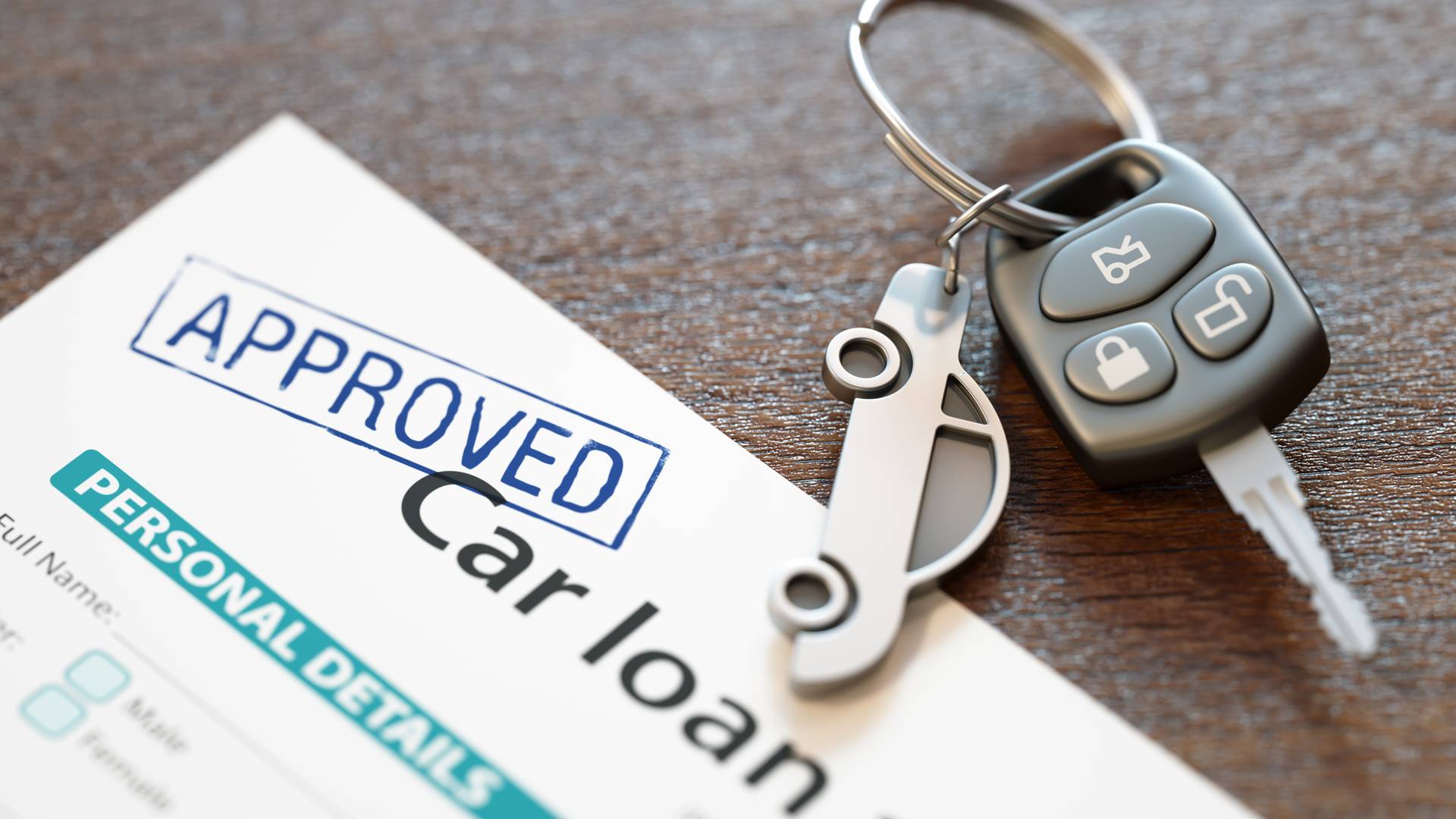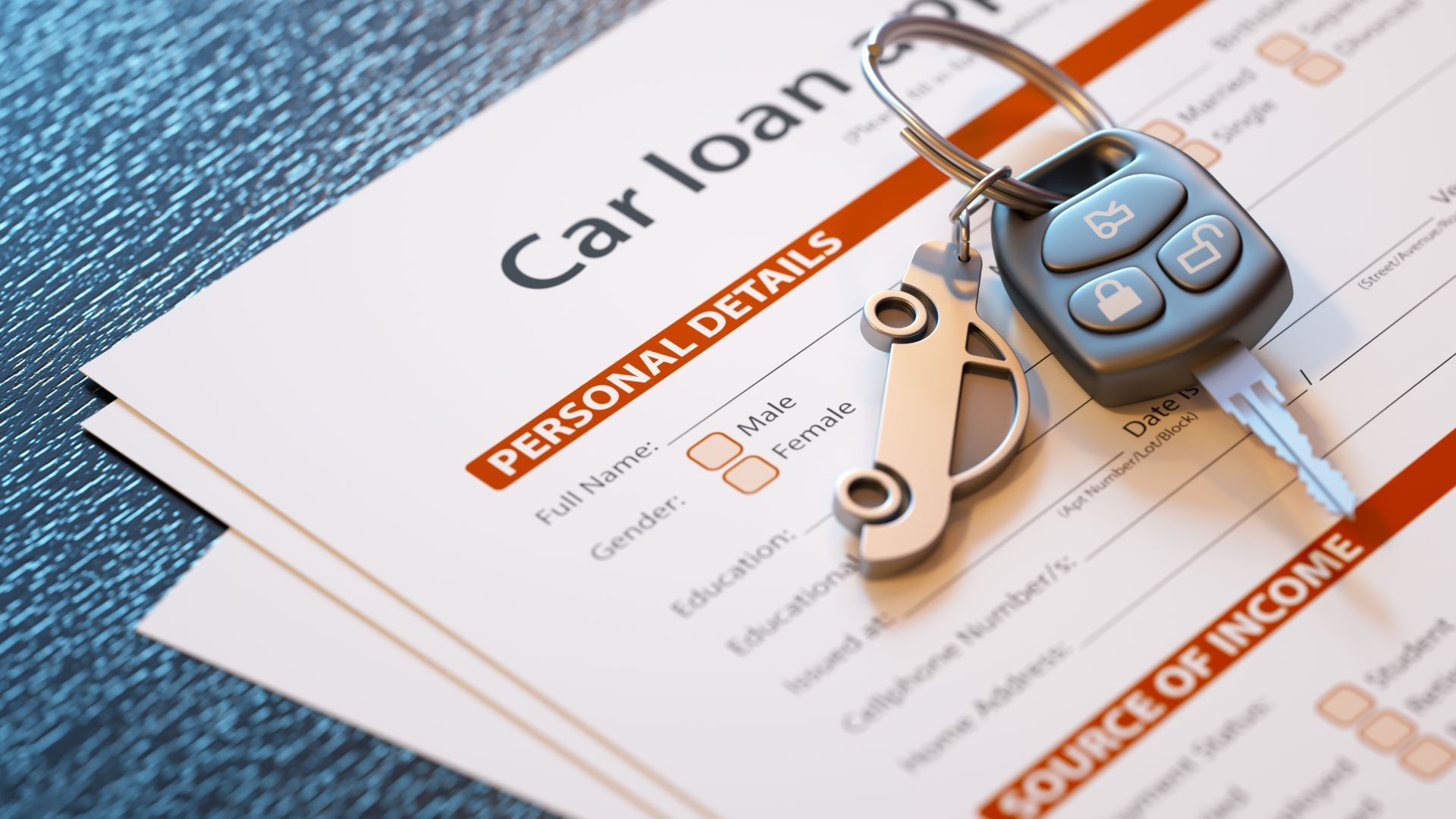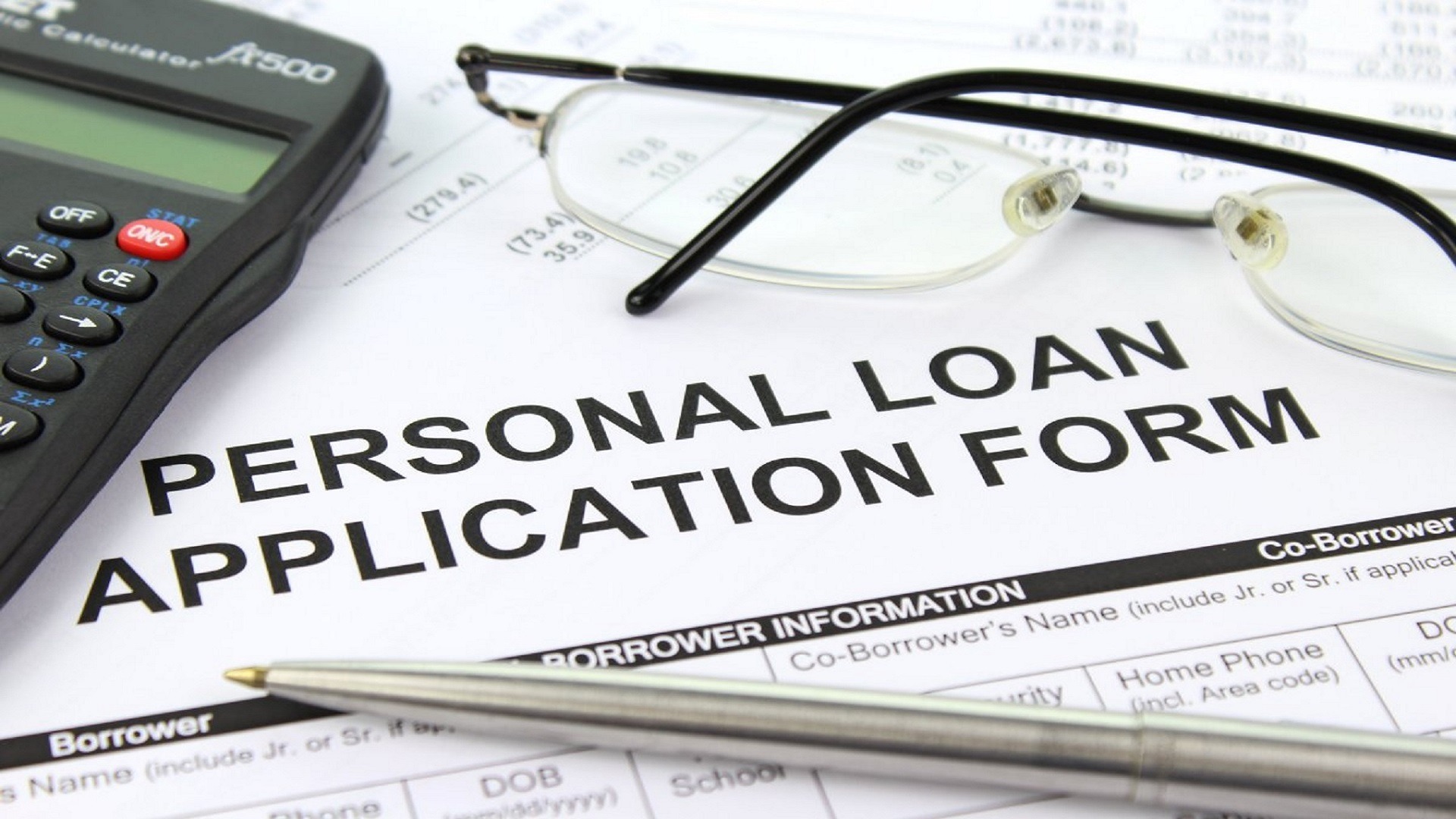If you’re in need of quick financial assistance or planning for a major expense, a personal loan can be a viable solution. However, understanding the timeline for getting a personal loan is crucial for effective financial planning. In this article, we’ll explore the factors that influence the time it takes to secure a personal loan and provide insights to help you navigate the process.
1. Loan Type Matters:
The type of personal loan you’re applying for can significantly impact the time it takes to get approved and receive the funds. There are two primary categories of personal loans:
- Secured Personal Loans: These loans are backed by collateral, such as a vehicle or savings account. Secured loans may be faster to approve because the collateral mitigates the lender’s risk.
- Unsecured Personal Loans: These loans are not backed by collateral and rely solely on your creditworthiness. Unsecured loans typically require more thorough credit checks and may take longer to process.
2. Application and Documentation:
The initial step in obtaining a personal loan is completing the application. Online applications have made this process faster and more convenient. Once your application is submitted, you may be required to provide documentation, such as proof of income, identification, and bank statements. Promptly supplying these documents can expedite the approval process.
3. Credit Check and Underwriting:
Lenders assess your creditworthiness by conducting a credit check and underwriting your application. The time required for these steps can vary depending on the lender’s processes and the complexity of your financial history. For individuals with excellent credit, approval may be swift. However, if your credit is less than stellar, it might take longer as lenders scrutinize your application more closely.
4. Loan Approval and Terms:
Once your application is approved, the lender will send you a loan agreement that outlines the terms and conditions. It’s essential to review this agreement carefully before accepting the loan. The time it takes to review and agree to the terms depends on your diligence and responsiveness.
5. Funding the Loan:
After you accept the loan agreement, the lender will initiate the process to disburse the funds. The method and speed of fund disbursement can vary. Some lenders offer same-day funding, while others may take a few business days to transfer the money to your bank account. If you opt for a paper check, it may take additional time for delivery.
6. Shop Around:
Different lenders have varying processing times and criteria for approval. Shopping around and comparing offers from multiple lenders can help you find the best loan option that aligns with your financial needs and timeline.
7. Online vs. In-Person Lenders:
Online lenders often have quicker application processes and faster approval times compared to traditional brick-and-mortar banks. If speed is a priority, consider exploring online lending options.
8. Prequalification:
Before formally applying for a loan, some lenders offer prequalification processes. Prequalification can provide you with an estimate of loan terms and your likelihood of approval without impacting your credit score. It’s a valuable tool for gauging your options and saving time.
9. Credit Score and Financial Preparedness:
Your credit score plays a significant role in the approval timeline. Maintaining good credit and addressing any discrepancies in your credit report before applying can streamline the process.
Conclusion: Planning Ahead
The time it takes to secure a personal loan can vary widely based on several factors. To expedite the process, it’s essential to have your financial documents in order, maintain a good credit history, and carefully review loan offers. By understanding these factors and planning ahead, you can make the personal loan application process smoother and ensure that you receive the funds when you need them.























